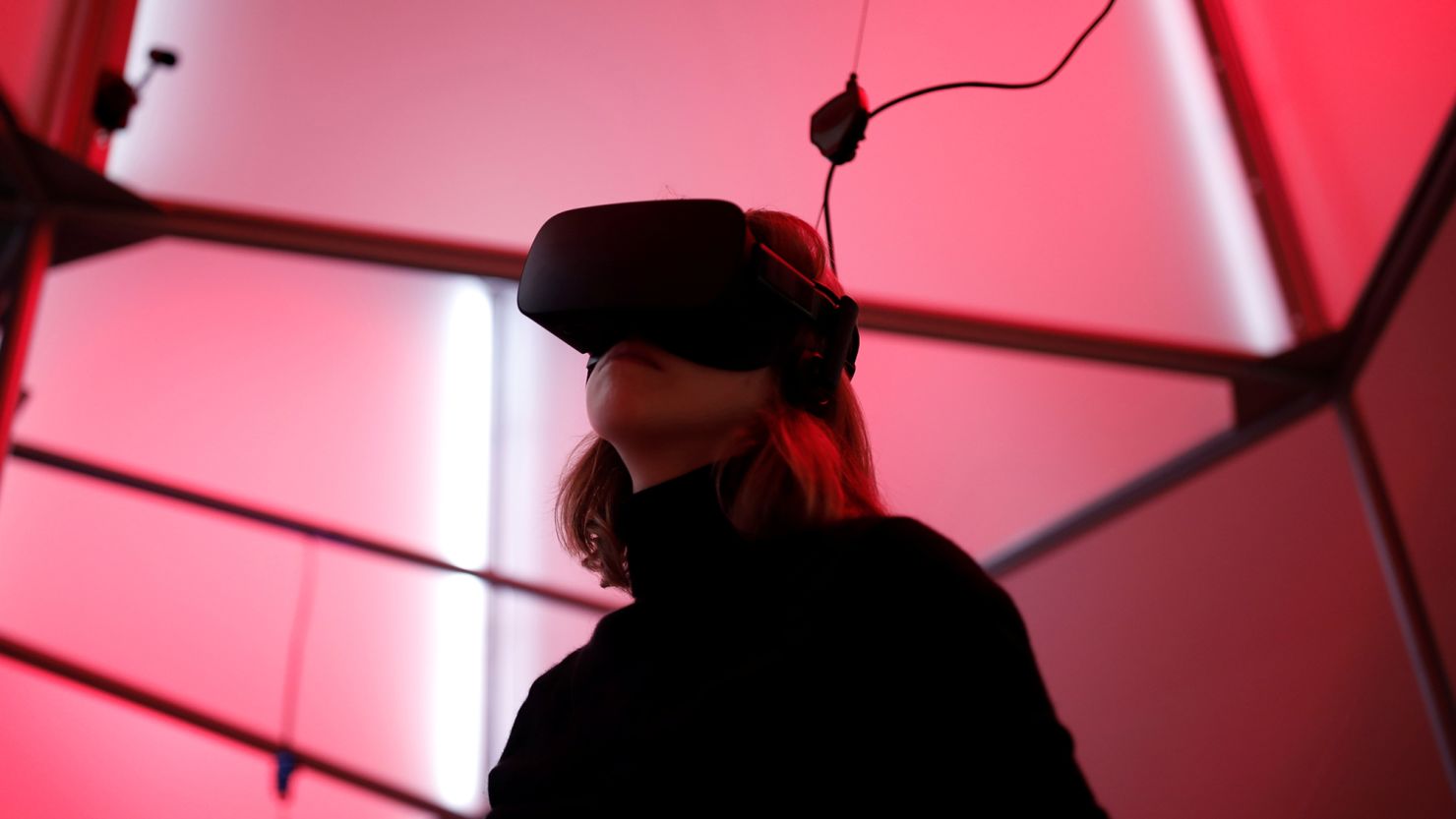Virtual reality (VR) has long been heralded as the future of entertainment, a promise that began with the launch of the Oculus Rift a decade ago. Despite the initial excitement, the industry has struggled to deliver on that potential. As of 2025, however, leading technology and entertainment companies are increasingly optimistic that the moment for VR could finally be approaching.
Recent discussions indicate that Meta is negotiating with major entertainment players including Disney and A24 to create immersive content for its Quest VR headsets. This follows Apple‘s announcement in June regarding an update to its Vision Pro headset, which will allow users to share content seamlessly, enhancing the collective viewing experience. Earlier this year, Apple also launched an immersive concert featuring Metallica, reflecting a growing trend towards combining entertainment with immersive technology.
Breaking the Cycle of Adoption
For more than ten years, the VR industry has encountered a persistent dilemma: the need for widespread adoption to attract premium content, versus the requirement for compelling content to drive mass adoption. This “chicken-and-egg” situation has limited the growth of VR experiences in mainstream entertainment. Nevertheless, developments suggest that this cycle may finally be breaking.
Sarah Malkin, director of entertainment content for Meta’s Reality Labs, expressed her belief that a transformative moment is at hand. “I think the ‘it moment’ is when you are regularly engaging in experiences in mixed reality that are super complementary and part of your integrated life,” she stated. Recent data from IDC supports this optimism, showing a 10% increase in global shipments of augmented reality (AR) and VR headsets, reaching approximately 7.5 million units in 2024. The United States saw an even more significant rise of nearly 30.8% to 3.4 million units.
Despite these encouraging figures, challenges remain. Meta’s ambitious Metaverse project has incurred costs of $46 billion over three years, with its Reality Labs division reporting a $4.2 billion operating loss in the first quarter of 2025. Yet, major tech firms continue to invest in the technology. For instance, Meta recently committed $3.5 billion to eyewear manufacturer EssilorLuxottica SA, while companies like Snap and Google are also developing new augmented reality products.
Content Creation for New Mediums
As the technology matures, the challenge of creating engaging content for VR persists. Notable figures in the entertainment industry, including James Cameron and Sabrina Carpenter, have begun to explore the possibilities of immersive storytelling. Industry consultant Jenna Seiden emphasized the need for tailored content, stating, “You can’t just take the flat version of what you put on Disney+ or Netflix and just throw that up. You need to build natively.”
Exclusivity has proven to be a successful strategy for streaming platforms and could be applied to VR content as well. Seiden noted that companies like HBO Max and Apple TV+ grew their audiences based on exclusive offerings. Live virtual sports events, particularly, are seen as a promising avenue for attracting audiences to extended reality (XR) platforms. Paul Raphaël, co-founder of Felix & Paul, highlighted that sports can be adapted for immersive viewing using 180-degree cameras, making it easier to create engaging content.
The need for a fresh distribution platform comes at a crucial time for the entertainment industry, which is currently navigating significant changes driven by streaming disruptions and post-pandemic box office challenges. Jack Davis, co-founder of CryptTV, asserted that VR headsets could provide a vital new outlet for premium content, especially as traditional media faces upheaval.
Despite the potential, investment in VR has fluctuated. While funding for AI and self-driving technologies has surged from $39.96 billion in 2019 to an estimated $105.36 billion by 2025, XR funding has been erratic, peaking at $4.087 billion in 2021 before plummeting to $347.69 million by 2025. Nonetheless, industry experts like Bertrand Nepveu believe that as understanding of AI and its limitations improves, funding for XR will increase.
As tech giants work to market their mixed reality devices, they confront the critical task of persuading consumers of their value. Apple’s emphasis on the Vision Pro as a tool for spatial computing highlights a shift towards productivity applications, rather than solely entertainment.
While the timeline for VR’s mainstream breakthrough remains uncertain, industry insiders offer varied predictions. Some suggest it could occur within a year or two, while others foresee a span of three to ten years. Raphaël posits that as VR content becomes more prevalent, traditional 2-D formats may begin to feel obsolete, likening it to the transition from black-and-white films to color.
As these developments unfold, the potential for VR to reshape the entertainment landscape becomes increasingly tangible, promising an exciting future for consumers and creators alike.
